There’s a growing debate in the audio world: active vs passive speakers. Which one’s right for you? I’m Ealan Osborne, and this is eCoustically Speaking.
Active loudspeakers are gaining traction. More models are hitting the market every year. Is it just about convenience, or do active systems actually sound better? With music streaming now the norm, could actives be the all-in-one answer for modern listening—or just another passing trend?
For this discussion, we’re going to stick to the facts: the pros and cons of active speakers compared to their more traditional passive counterparts.
First—what’s an active speaker? You’ve probably heard them called “powered speakers.” They’ve got the amplifier built in, so you don’t need an external amp or receiver. Plug them into power, feed them a signal, and you’re in business.
All active loudspeakers are “powered” by nature, but not every powered loudspeaker is truly active.
And for the kids in the back of the classroom: while all Bluetooth speakers are “powered,” that doesn’t automatically make them “active” — and we’ll explain why.
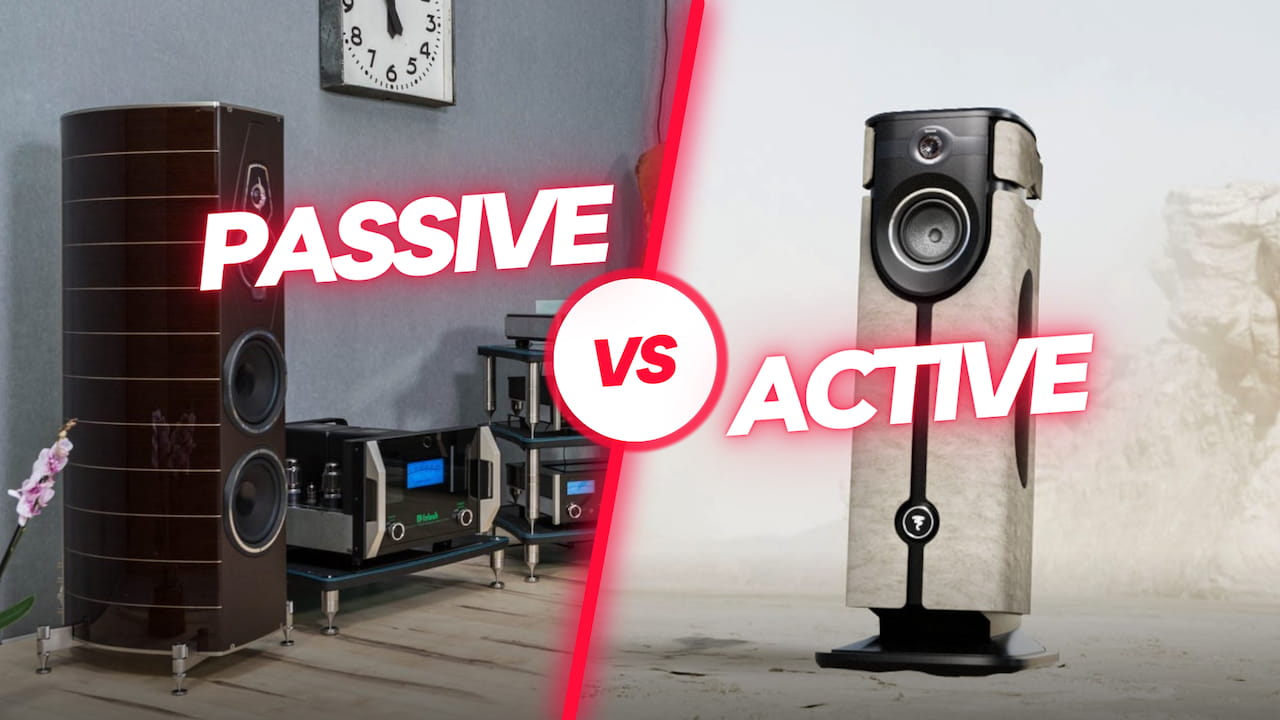
Passive Speaker System Active Speaker System Sonus faber Olympica Nova III ($18,000/pair)
McIntosh MC611 Mono Amp ($9,500 x2)
McIntosh C12000 Preamp ($19,000)Focal Diva Mezza Utopia ($69,000/pair)
Now, passive speakers are the old-school standard. They need an external amplifier or receiver to drive them, and they connect using speaker wire. This is what most people picture when they think “loudspeaker.”
Still with me? Good—because this is where the fun part starts.
Here’s the thing — an active speaker does two things differently.
First — and this one’s easy — it has a built-in amplifier, not just for the whole speaker, but for each individual driver. That usually means one amp for the tweeter, one for the woofer, and maybe another for a midrange or mid-bass driver if you happen to have a 3-way loudspeaker.
This setup gives speaker designers total control. They can build the amp and drivers to work together perfectly and fine-tune them for the best possible sound. In short, active speakers take the mystery – and occasional bad matchmaking – out of pairing amps with speakers.
Now, the second difference? That one’s a little less obvious. It’s all about the speaker’s crossover. Not the sexiest topic in audio, but it’s more important than you think.
A crossover’s job is basically to play traffic cop for your music. The little, fast sports cars – or high frequencies – get sent down one lane, while the slow, heavy trucks – or low frequencies – head down another. This way, each driver in the speaker knows exactly what part of the signal to handle. Get it wrong, and that fancy-looking speaker might end up sounding like a dying frog in a tin can.
So why did I just drag you into crossover talk? Because where that crossover sits in the signal chain is one of the big differences between passive and active speakers.
In a passive speaker, the crossover comes after the signal’s already been amplified. So the path looks like this:
AMP → CROSSOVER → SPEAKER DRIVERS
In an active speaker, the crossover happens before amplification. That means each frequency range gets its own dedicated amplifier. The path is:
CROSSOVER → AMP → SPEAKER DRIVERS
Alright, so… which one’s better? Well, that’s where the gloves come off.
Here’s the magic of putting the crossover before the amp: it gets to split the music signal while it’s still tiny—sometimes even still digital. At that point, our trusty traffic cop basically becomes a superhero, directing sound at lightning speed with zero pileups.
That early split means active speakers can deliver lower distortion and better phase coherence—fancy talk for “fewer timing mistakes” across the frequency range.
Another perk? With nothing between the amplifier and the driver, you get direct coupling, which boosts the damping factor. Translation: tighter, more controlled bass, cleaner dynamics, and an overall more precise sound—assuming the design is done right.
Passive speakers, on the other hand, have their own ace up the sleeve: you can pair them with any amplifier, including some hulking, high-powered beasts, without being limited by what fits inside the speaker cabinet.
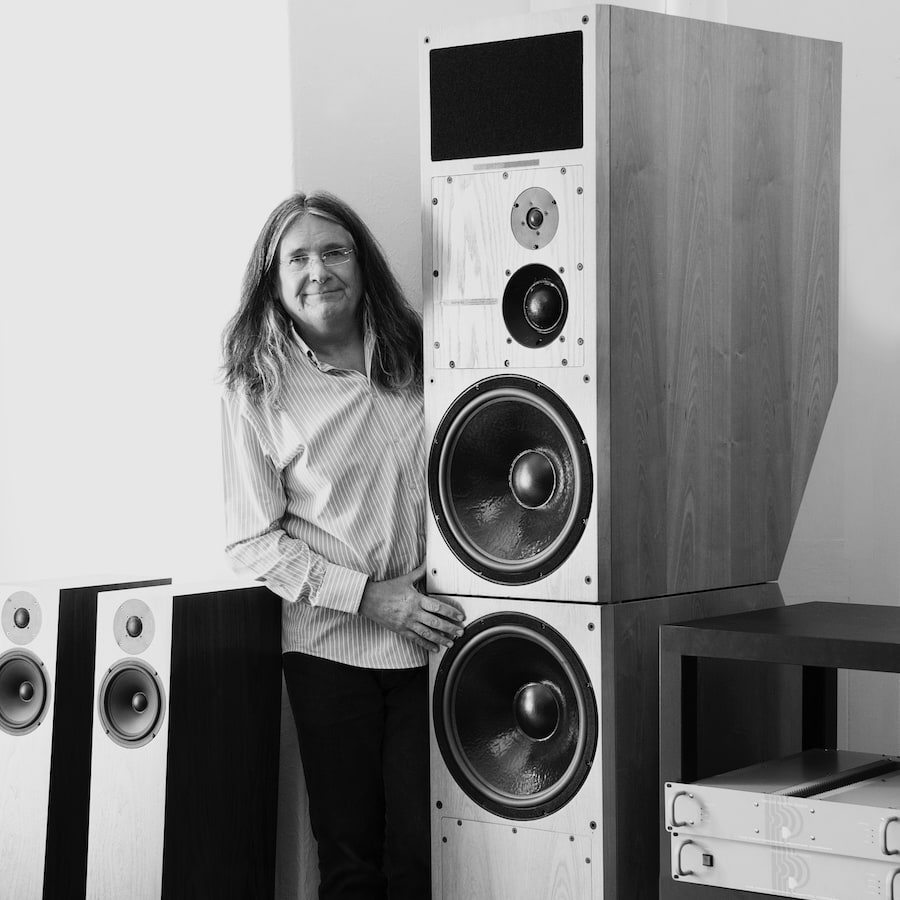
As Peter Thomas, co-founder of PMC, which is a brand that builds both active and passive speakers for hi-fi and pro use, explained in a recent podcast:
“Active systems are not always better than passive systems. An active system requires each driver to have a dedicated amplifier… which costs a lot of money. So the benefits of being active can be negated by poorer quality electronics [amps]… A passive speaker driven by one decent stereo amplifier, will sound better than the equivalent active speaker, if driven by amplifiers of inferior quality.”
However, he did proclaim, “Ultimately the best actives will always beat the best passives.”
But before we wrap this up, there’s a middle-ground option: powered speakers.
Powered speakers have built-in amplification, but the crossover joins the party after the signal is amplified—just like in passive speakers. The big difference? You don’t need an external amp. Instead, the amplification is tucked neatly inside the cabinet, making them more convenient and space-efficient.
And here’s the reality check: powered speakers have already taken over the mainstream. Most people now listen through wireless speakers, soundbars, and portable Bluetooth units—all of which are powered, though not necessarily active.
So… where do you land? Are you a die-hard passive + amp purist, or are you ready to go fully active? Drop your thoughts in the comments below!
Related Reading
- Blue Skies and Green Glass: The World According to McIntosh
- A Look Inside Sonus faber: Italian Artistry in Sound
- Focal: La Révolution Sonore Vient de Commencer!
- Acoustic Energy AE1 Active Loudspeakers: One Of The Best Kept Secrets In Audio?
- ATC SCM50ASL Active Loudspeakers: The Audiophile System Builder

















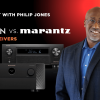

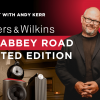


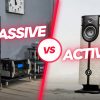

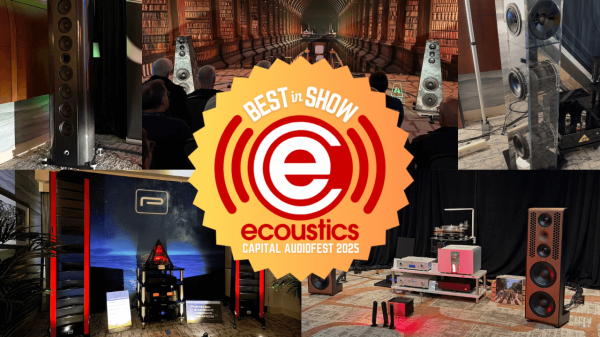

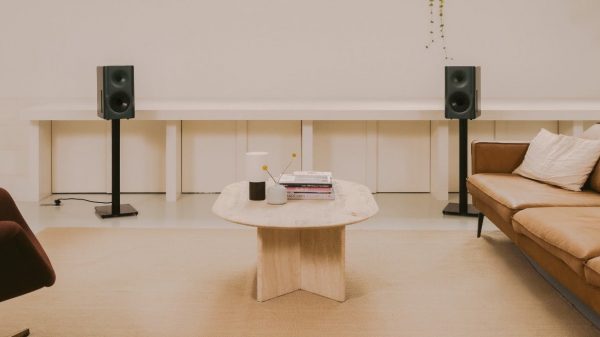

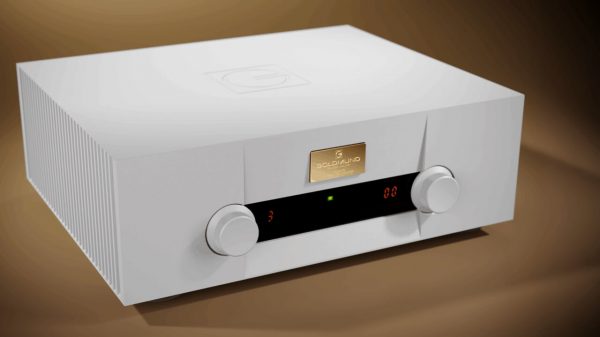
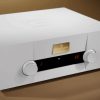


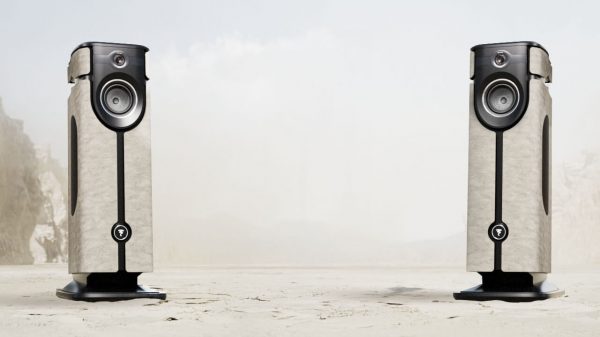
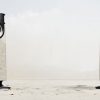
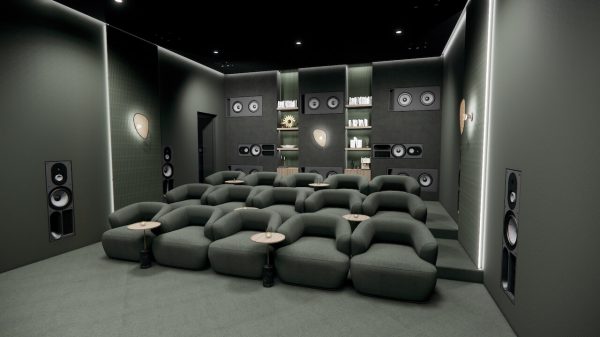
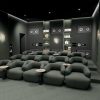













DH
August 20, 2025 at 6:58 am
Good actives will sound better. Reputable companies that make the same model in both active and passive versions will all tell you that the actives sound better – for the reasons mentioned in the article: individually matched amps and the crossover.
What isn’t mentioned is THE disadvantage of actives: the electronics are inside, and if something goes wrong it usually means shipping the speaker back to the manufacturer for repair.
Ian White
August 20, 2025 at 1:20 pm
DH,
ATC is a prime example of that. I’ve reviewed a pair of their larger stand-mounted 3-way active loudspeakers and while they were tremendously good and built like tanks, you raise a good point. It took over an hour to just take them out of their shipping crates (which are some of the best packaging I’ve seen so far) and nobody would want to do that again if they didn’t have to. I’ve listened to the same pair of speakers in their passive form and didn’t like them as much. The rest of the system was clearly holding them back.
On the more affordable end, I’ve also reviewed the Acoustic Energy AE1 which are excellent active loudspeakers, but that can change rather quickly if you select the wrong preamp or sources. The placement of the volume controls was less than ideal and I ended up just leaving them at a specific spot and using the preamp or DAC/pre to handle that for 99% of my listening.
Both used class A/B amplifiers with some serious heatsinks.
IW
FunnyChap
August 26, 2025 at 5:09 pm
“What isn’t mentioned is THE disadvantage of actives: the electronics are inside, and if something goes wrong it usually means shipping the speaker back to the manufacturer for repair.”
When my Denon HEOS powered speakers needed repair, it costs more to fix and ship back and forth, so I tossed it in the trash.
So now I come close to active speaker by buying a PS AUDIO FR5 speaker that can be bi-amped so I power it with NAD C298 (for tweeters) and PS AUDIO S300 dual mono amp (for mids).
My Parasound 2100 preamp takes care of active crossover highpass and lowpass (to the 2 powered sealed subwoofers).
source=Apple Music lossless
My video:
https://youtu.be/IwdzDbRUs_0
Jesus Delgado
August 21, 2025 at 4:50 pm
I would like to see a full set of measurements of the best active loudspeaker system. I was the loudspeaker technician at Dunlavy Audio Labs for many years. I worked very closely with John Dunlavy himself, and I calibrated every loudspeaker to +/- 1dB, and also design many passive crossovers that optimize the acoustic output power of the transducer drivers while still being true minimum phase. I could still design passive loudspeakers with a flat excess group delay over the entire Audio range, clean impulse response and they reproduce squarewaves.
jeffrey henning
August 23, 2025 at 6:20 pm
I agree with everyone that’s posted as well as the article itself in the comments made by people in the article, but do have some thoughts.
• Powered speakers are truly the worst of all possible designs. Yes, they are popular and they sound OK, but that’s it. They are not high fidelity speakers.
• I completely agree with Peter Thomas that active loudspeakers will offer the best possible sound. The one thing not mentioned is that they are also more energy efficient than passive loudspeakers. Depending upon the passive crossovers being used, actives will not waste as much power. Passive crossovers suck up 3 to 6 dB of the power input to them. There is also the matter that not having all of those reactive electronics between the amplifier and the loudspeaker driver offers flatter response and less distortion. You can use an amplifier that will work ideally with the individual type of speaker drivers in the system.
• Finally, we can introduce DSP to cover, crossovers, equalization, and all matters of time correction with active speakers. This is where the true power of active speakers are really showing how fantastic they can be. With a system like this, the performance and features that can be added to a loudspeaker system would be considered mind blowing 20 years ago. Case in point: the KEF LS50 Wireless II.
I would imagine that John Dunlavy would have gone the digital active route if he was alive to design loudspeakers today.
Joseph
August 24, 2025 at 9:09 am
I have been an audio addict since 1972. My opinion is that you must try to purchase the best equipment in the chain. Unfortunately this can mean lots of thick XLR cables several mono block A/B amps, Aktiv crossover box or two ?. New kit is expensive. If you are over 55 then your hearing will not be as good as a 10 year old. Some of the new streamers are excellent (Did I just say this) and there are now turntables around £2.5k that perform almost as efficiently as £70k models. There are manufacturers who’s ethos is your system is for life and are continually offering upgrades on your equipment.
Steven Norber
August 24, 2025 at 6:02 pm
With DSP circuits there is a quantitative realm that passive/LCR circuits cannot attain without significant insertion loss per the number of required parts to manage phase, time delay, EQ, etc.
With LCR circuits there is a qualitative realm that DSP circuits cannot attain with electrolytic capacitors and integrated circuits.
Electrical and acoustic measurements can be controlled and shaped (quantified) with DSP beyond that of a passive LCR circuit.
Combinations of different materials in LCR networks–e.g., polymers, films, metals–produce qualitative changes beyond that of a DSP circuit.
Measurement based results–those which are quantitative–are not designed to capture qualitative changes.
Measurements are important for developing “safe stereoing,” and as cool and sophisticated test gear is, our nervous system and interconnected audio faculties remain more than their thus far noted assembly of parts–per the mechanistic model that continues to be used–and definitively more sophisticated than the finest audio analyzers and microphones.
Both quantitative and qualitative are important, but when we defer to measurements instead of our capacity to discern what we genuinely feel–not what we “think” we are supposed to feel–then we’ve lost touch with our sentience and the discernment available within this sentience, this capacity to feel.
This does not mean that one design approach is definitively “better” than the other, or the oxymoron of “music re-production as the real thing” will ever be anything other than an oxymoron.
It only means that choices remain and we get to choose according to what matters to each of us.
michael w cox
August 26, 2025 at 12:47 am
I’ll take wired over wireless every time since wireless adds a layer of compression and are therefore unable to provide lossless files.
FunnyChap
August 28, 2025 at 11:38 pm
Wrong, the Focal Diva Mezza Utopia’s wireless does not use compression up to 96kHz/24-bit.
Wired is used at 192kHz/24-bit.
https://www.ecoustics.com/products/focal-diva-mezza-utopia/